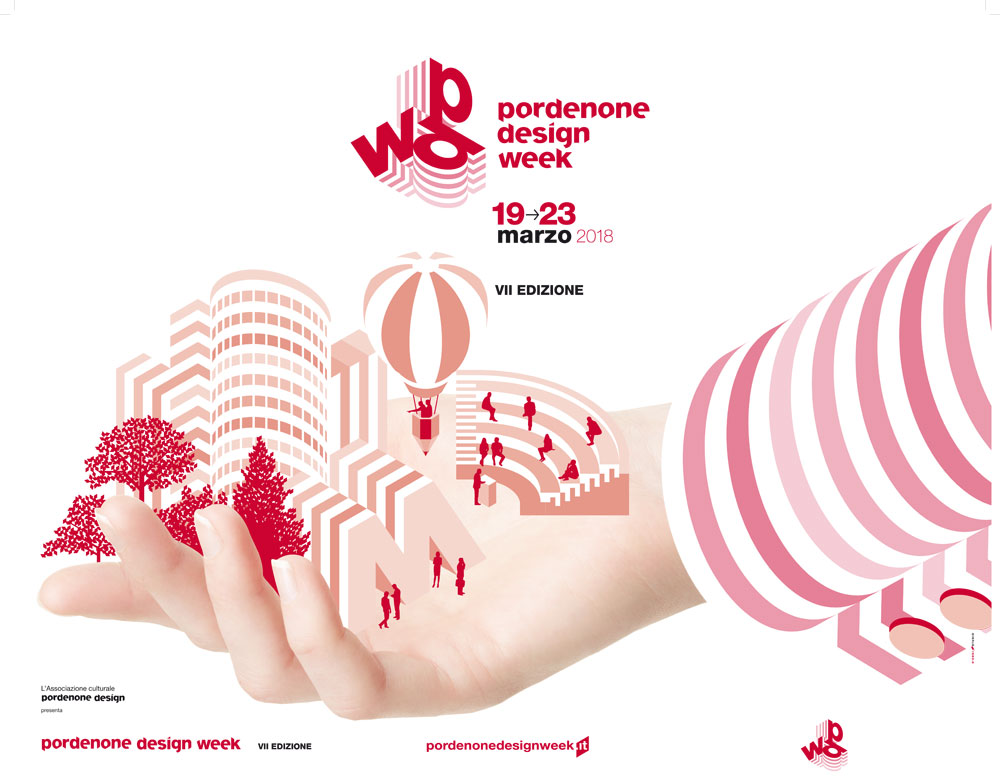BodyQuake was featured at the Pordenone Design Week in an exhibit called Infoscapes curated by Pier Luigi Capucci, in the foyer of the Verdi Theater in Pordenone.
Some info from Pier Luigi Capucci’s website:
I have been invited, as in 2016, to Pordenone Design Week, an event which is centered on design, in its broader sense and which has reached its VII edition. Among its main goals is to promote creativity and innovation in this part of the country. The Pordenone Design Week is curated by Giuseppe Marinelli De Marco, organized by Associazione Culturale Pordenone Design, by Consorzio Universitario di Pordenone, by ISIA di Roma (in its Pordenone headquarters) and by the local Unione Industriali. The Pordenone Design Week includes events, conferences, exhibits, workshops and presentations, in close collaboration with students, professors, the university courses and with the territory and the city administration of Comune di Pordenone (here you can find the full program). This year I was invited to curate an exhibit in the foyer of the Teatro Verdi, together with a presentation conference and discussion.
The exhibit is called “Infoscapes“ and includes 30 audio-visuals in 3 sections and 2 installations.
New expressive forms are emerging which are connected to the visualization of large quantities of data and information, and a progressively larger portion of the iconographic panorama of the contemporary age deals with the (audio)visualisation of data. Data of many different natures, for which the digital multimedia transduction in images and sounds, using diverse technologies, gives rise to a large variety of effects, and different objectives. It is not only a deal of modifying referential figurations, obtained in real-life as in photography and video, or to create 2D or 3D representations through software and computing devices. It is becoming a matter of generating dynamic multimedia patterns, of figurative and non-figurative types, evocative, simulations, artistic, starting from the algorithmic manipulation of information.
The exhibit was divided in the Bodyscapes, Datascapes, Landscapes, and Installation sections.
![[ AOS ] Art is Open Source](https://www.artisopensource.net/network/artisopensource/wp-content/uploads/2020/03/AOSLogo-01.png)
